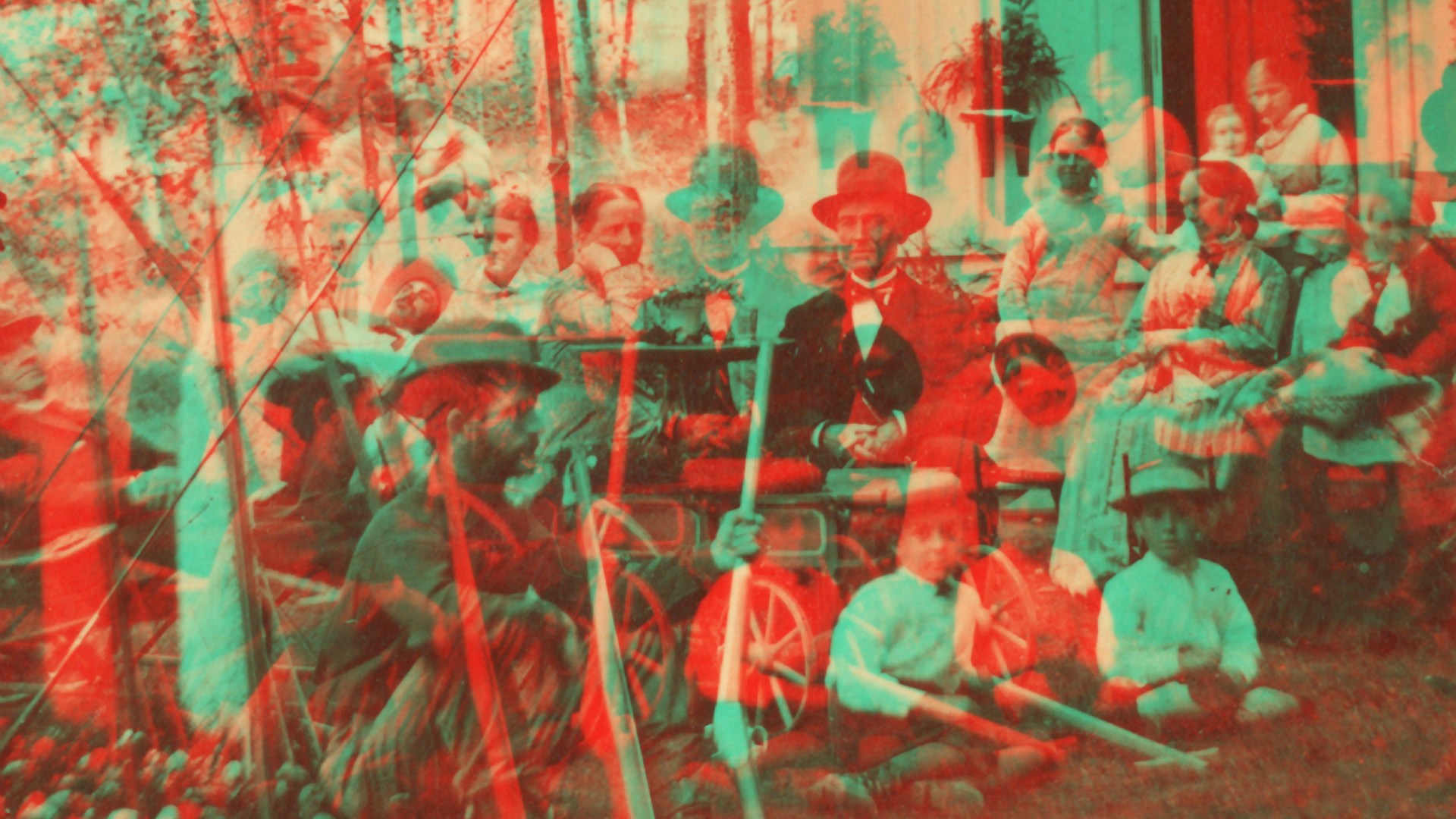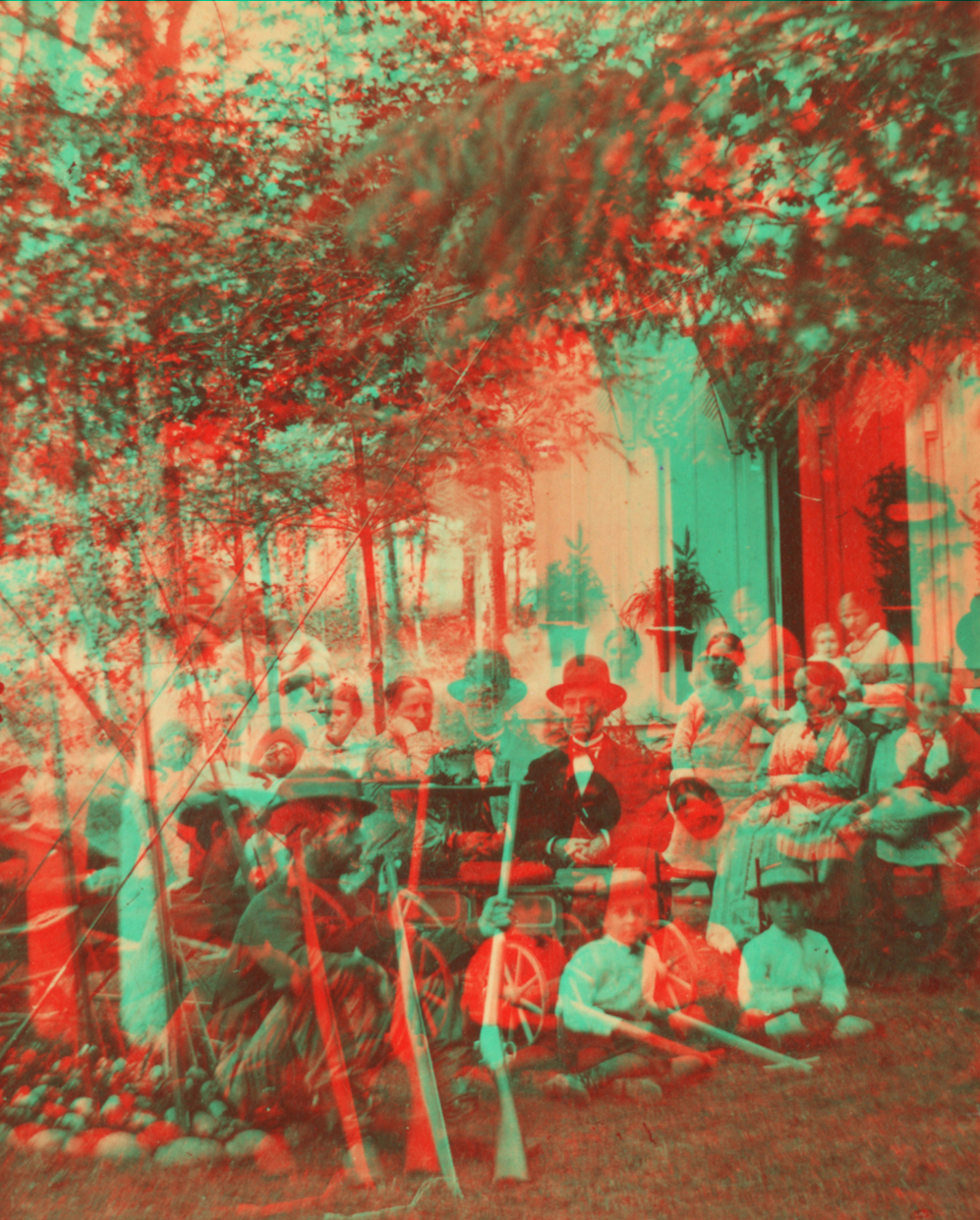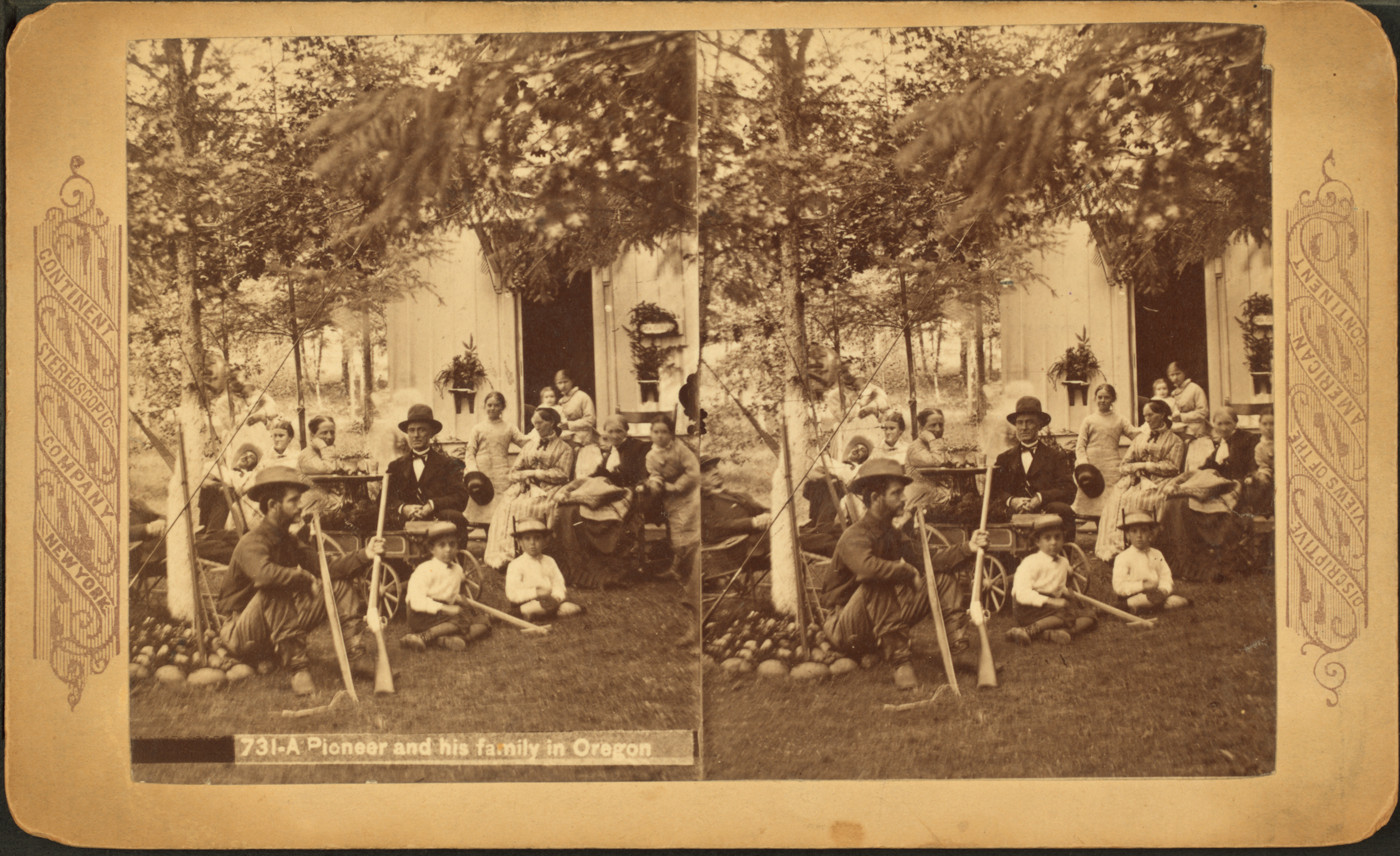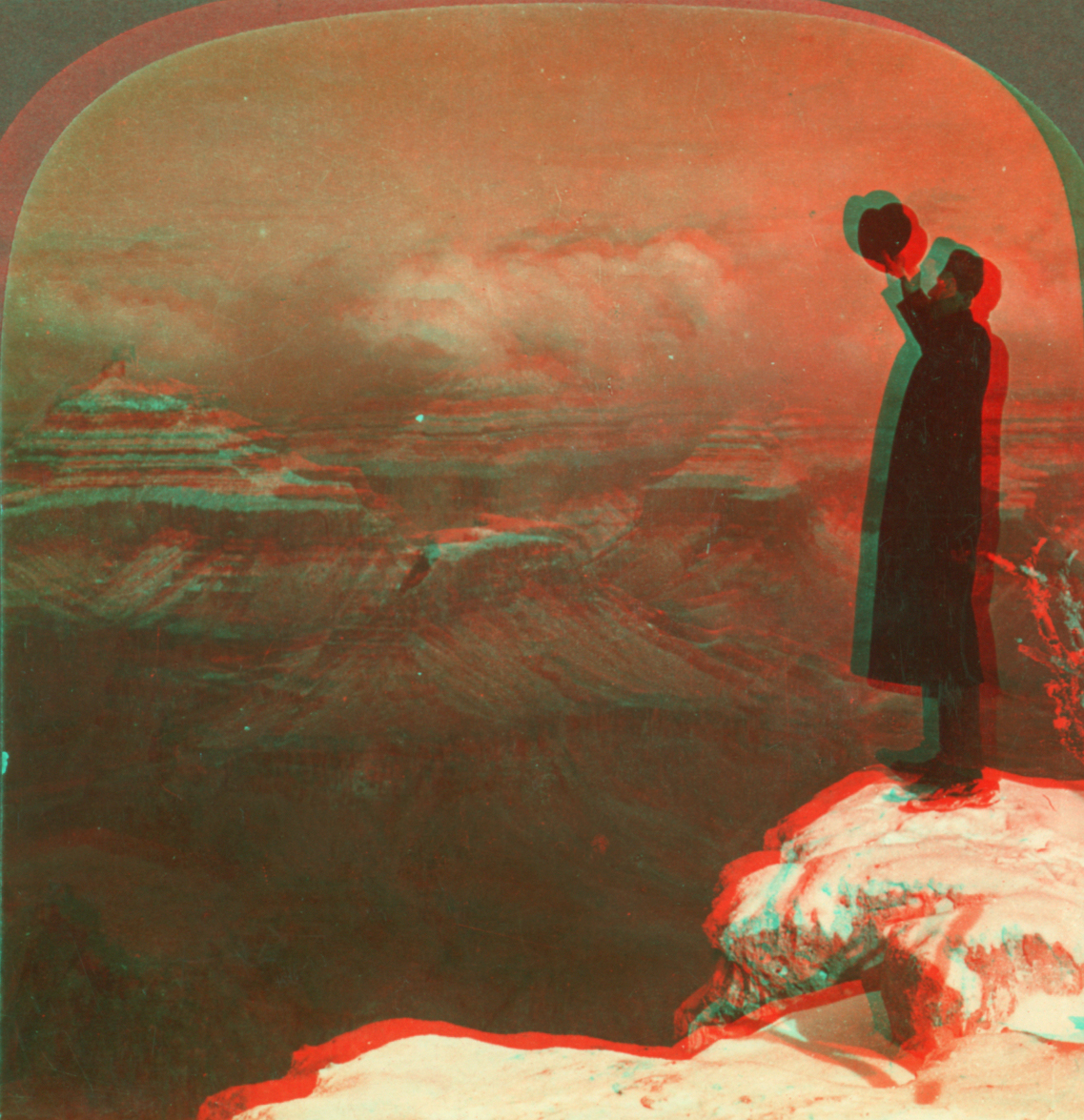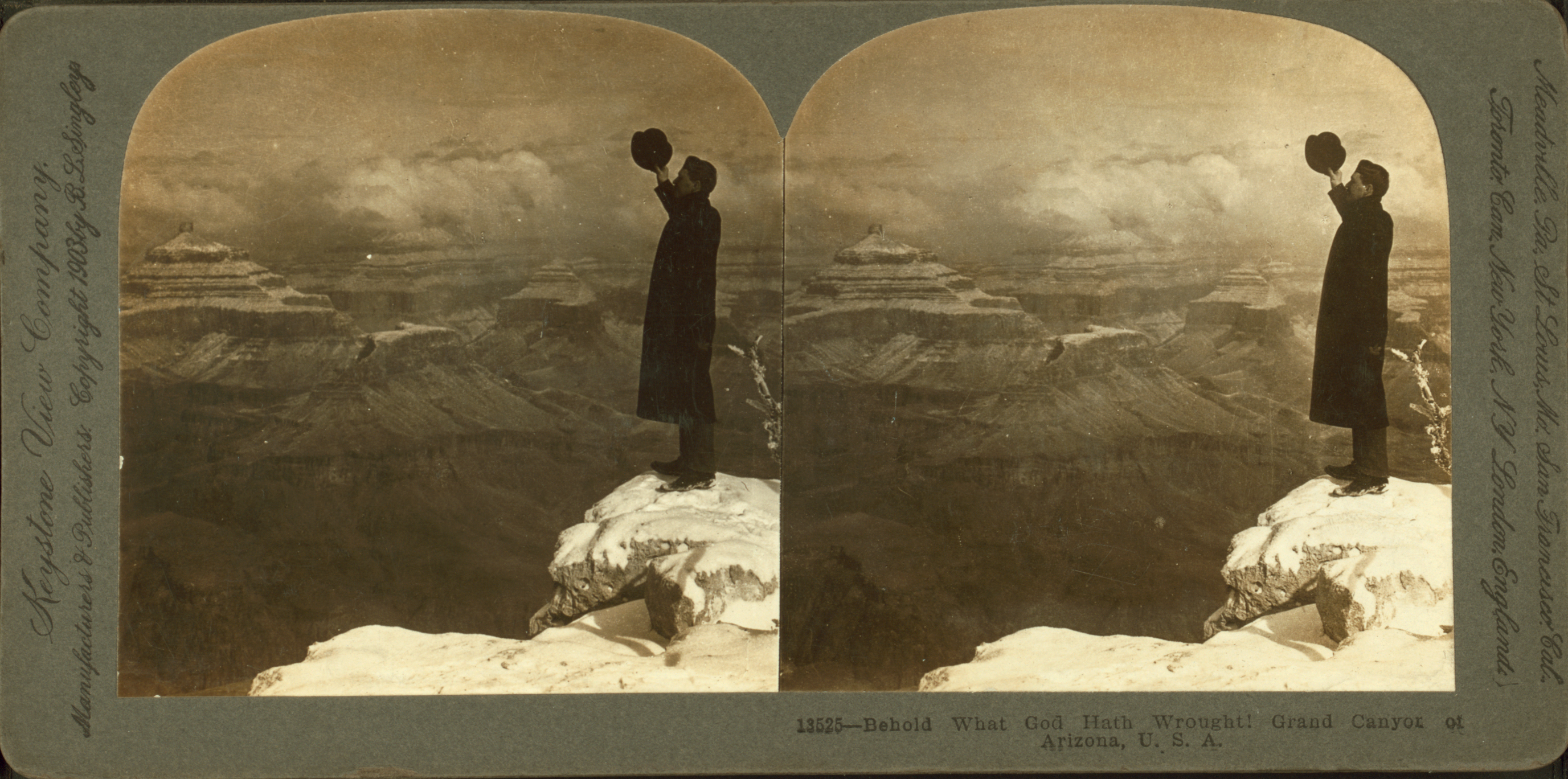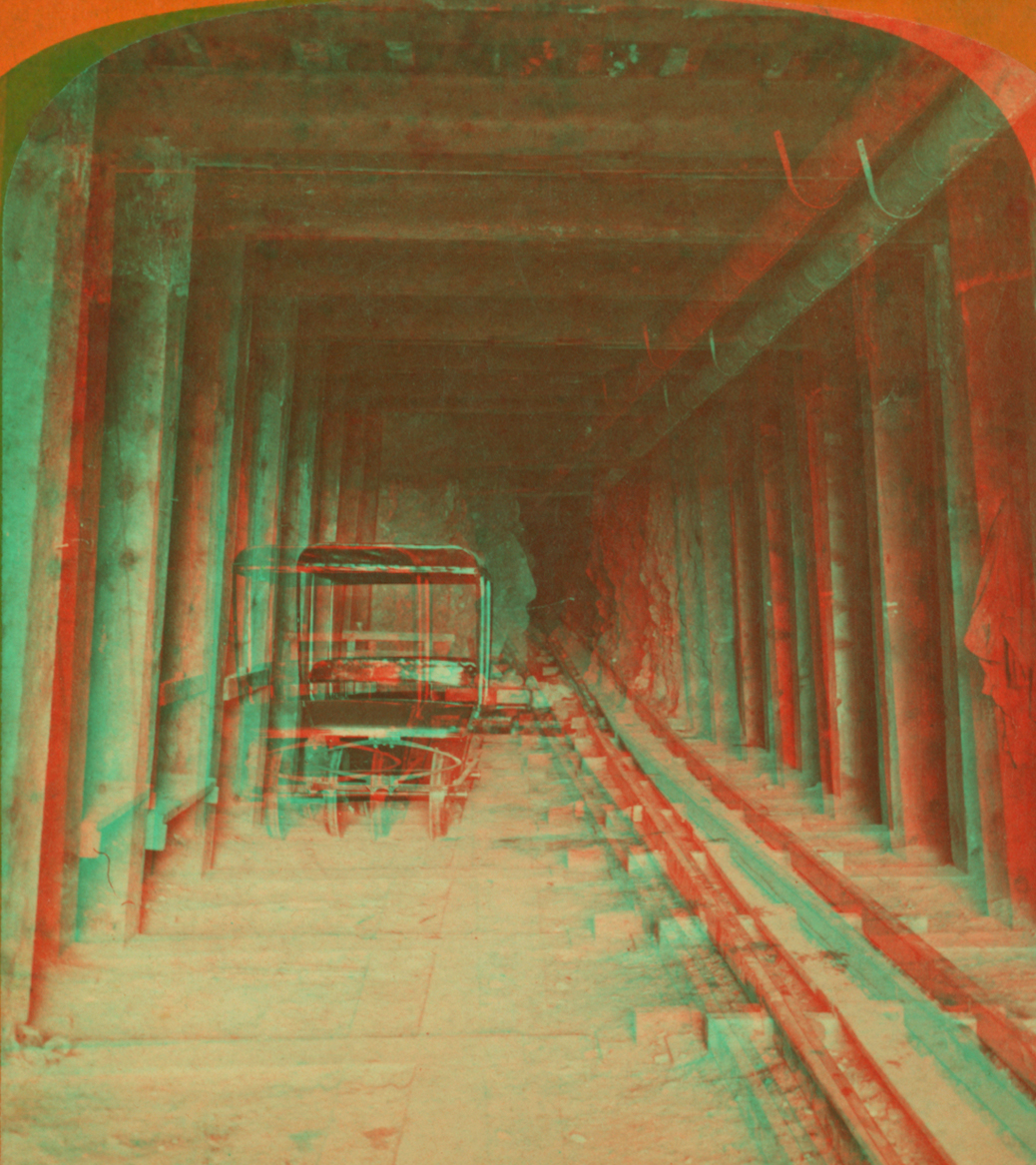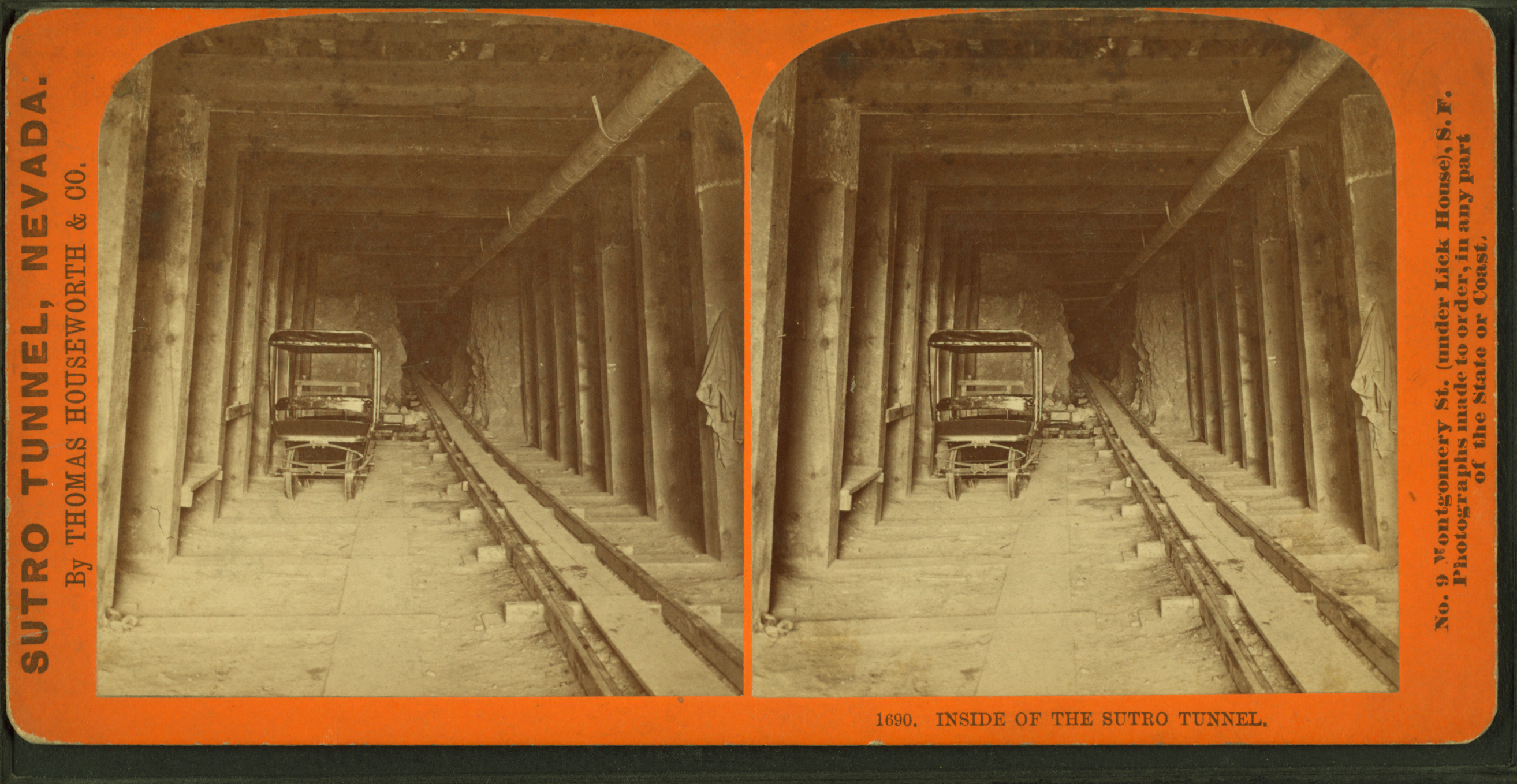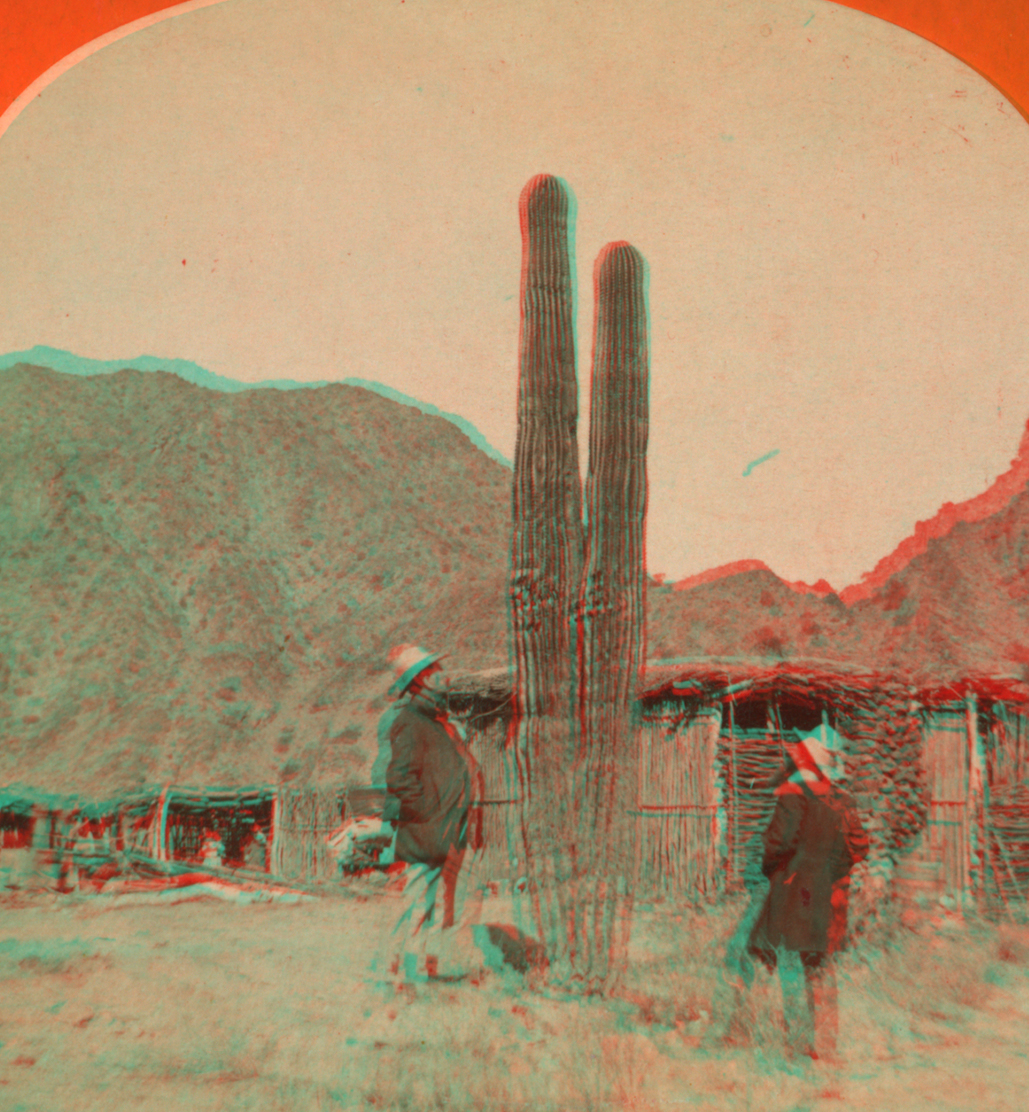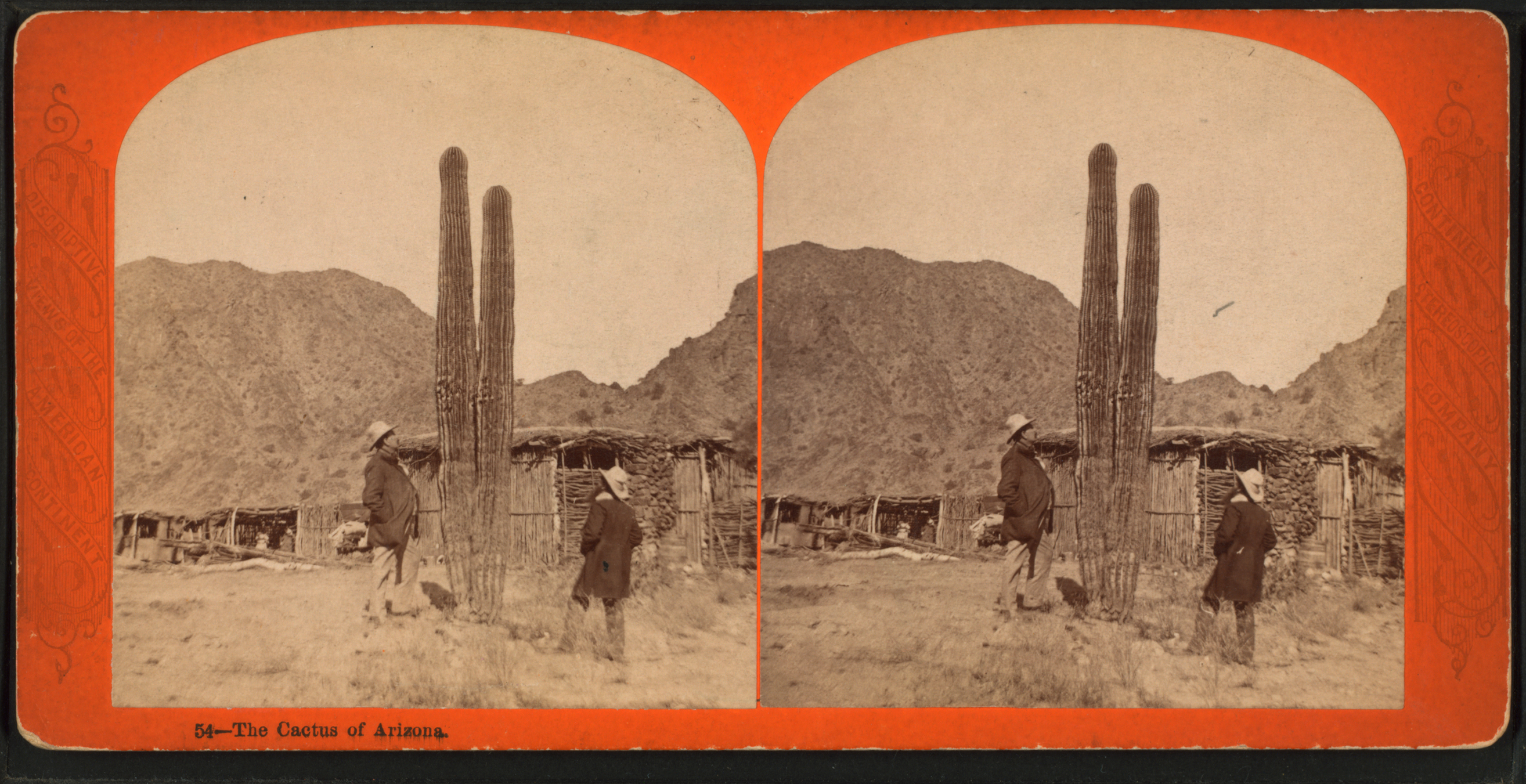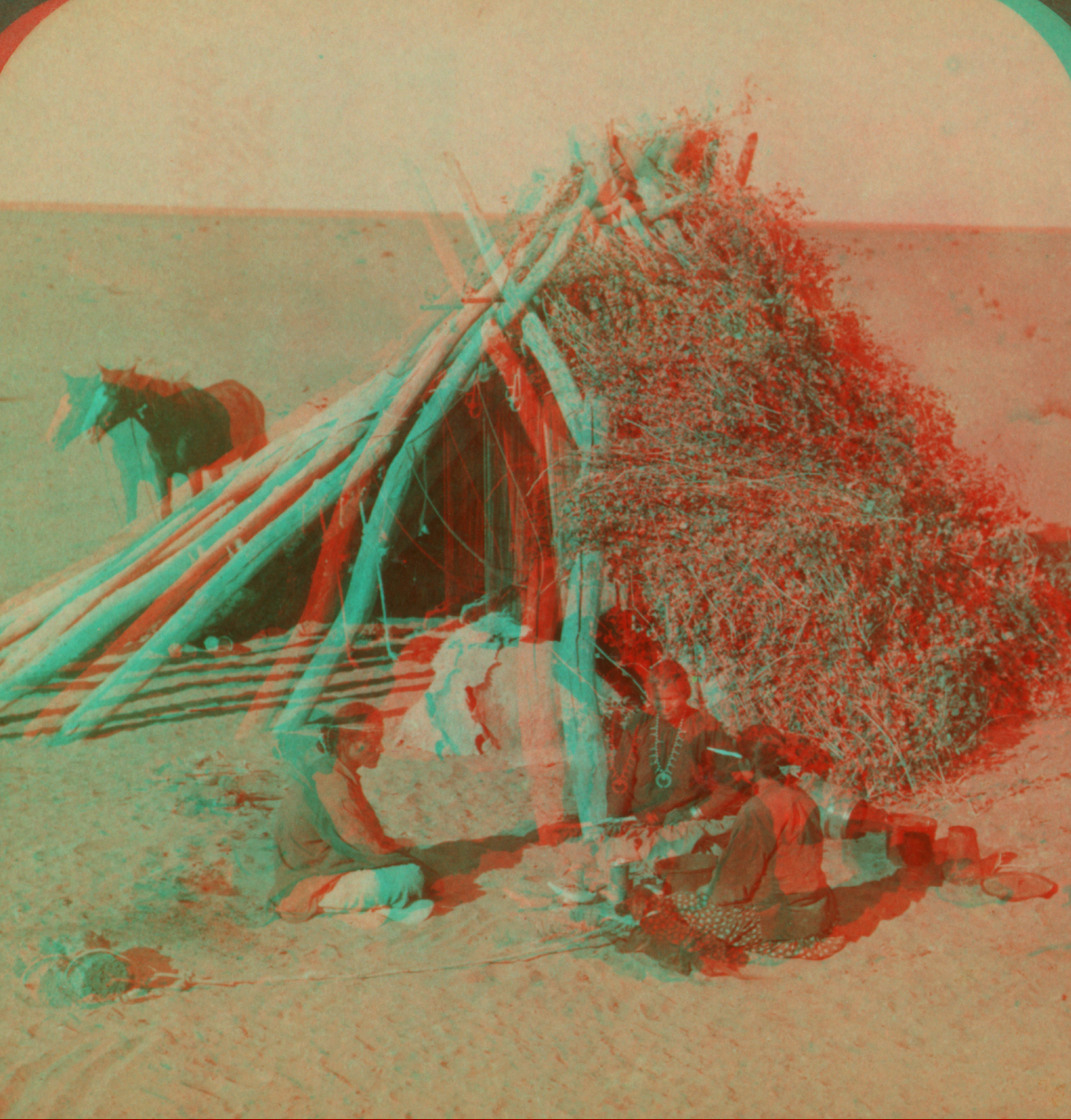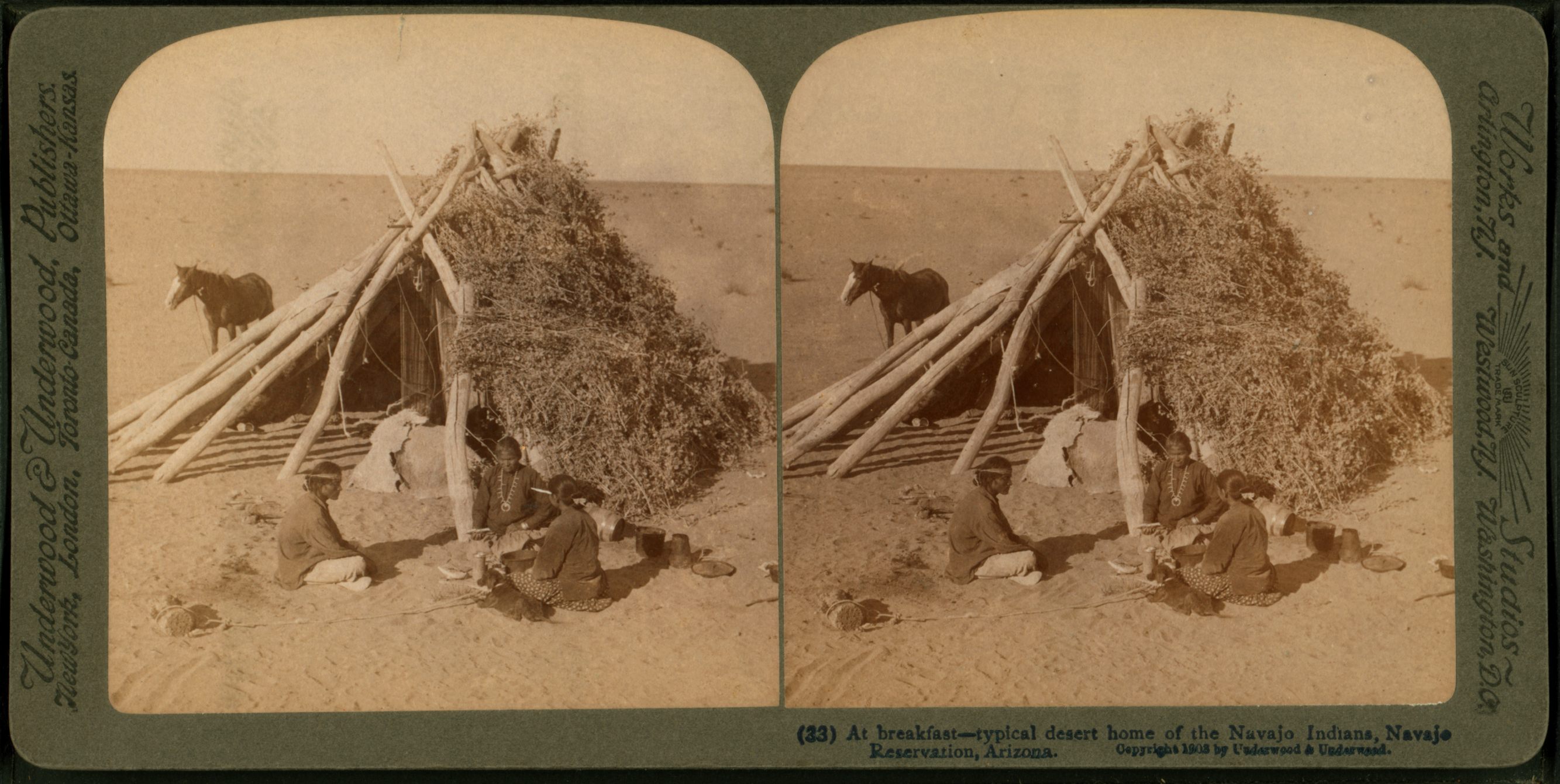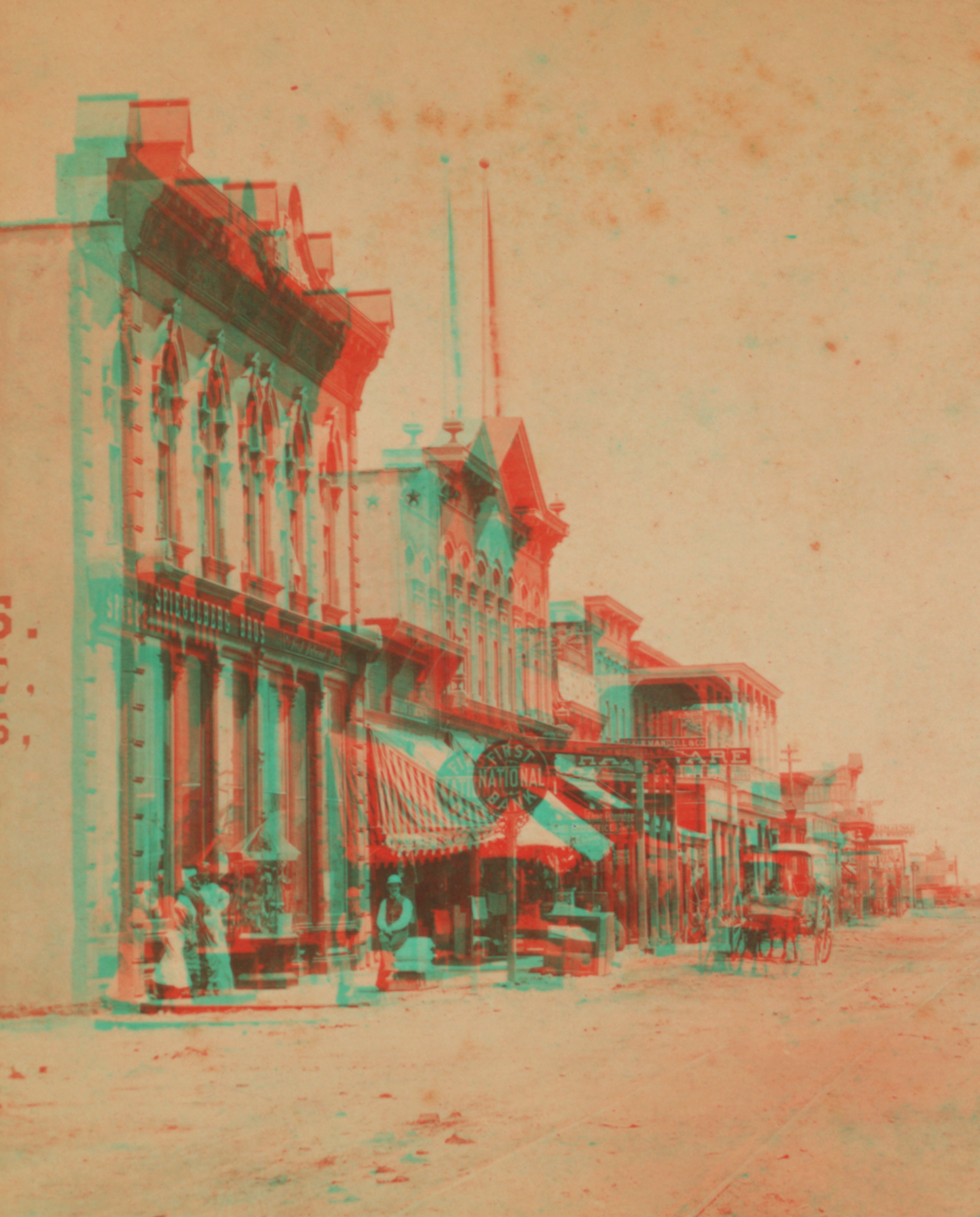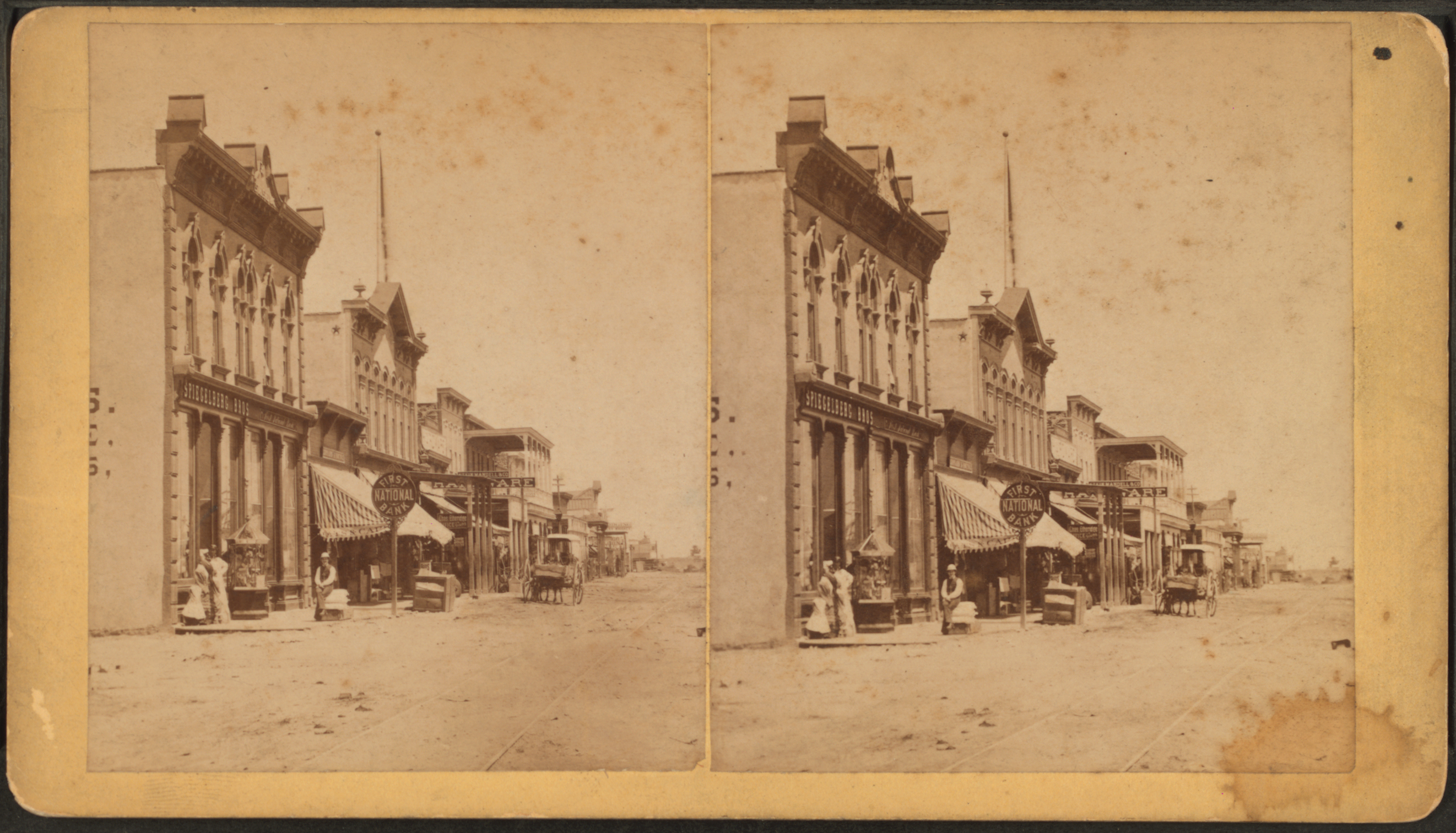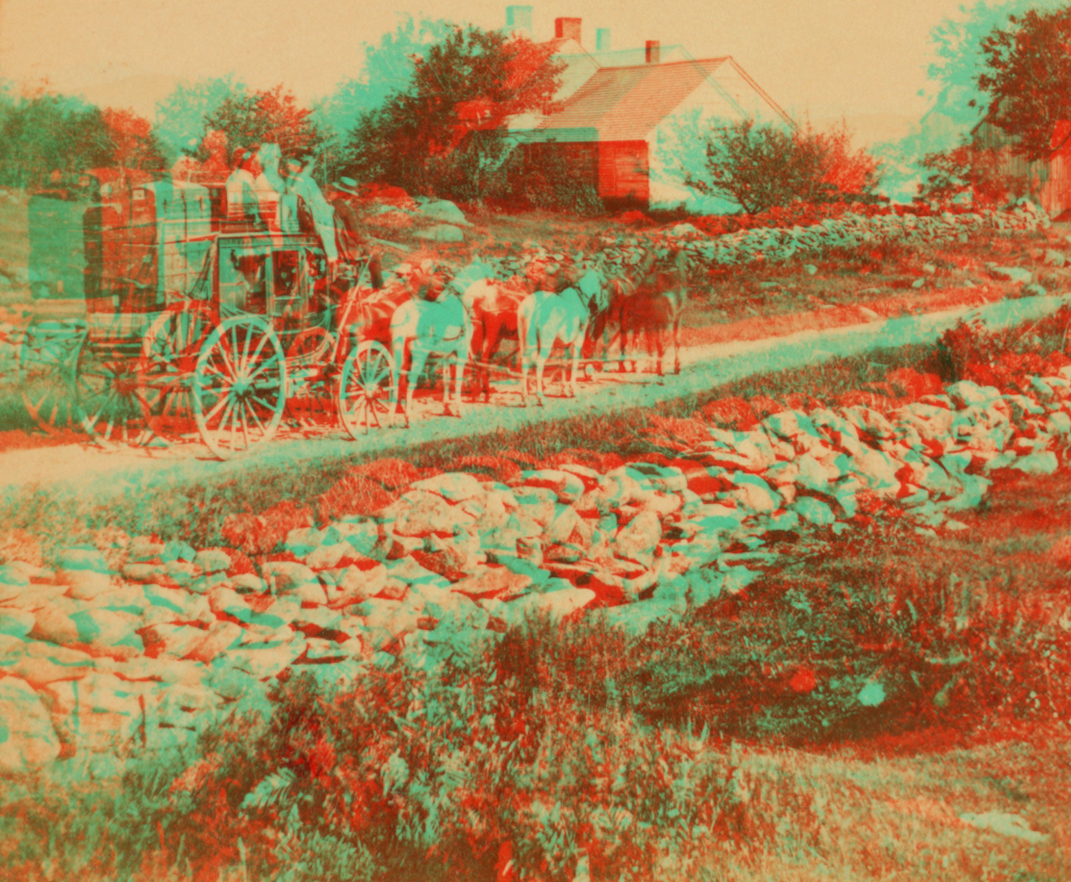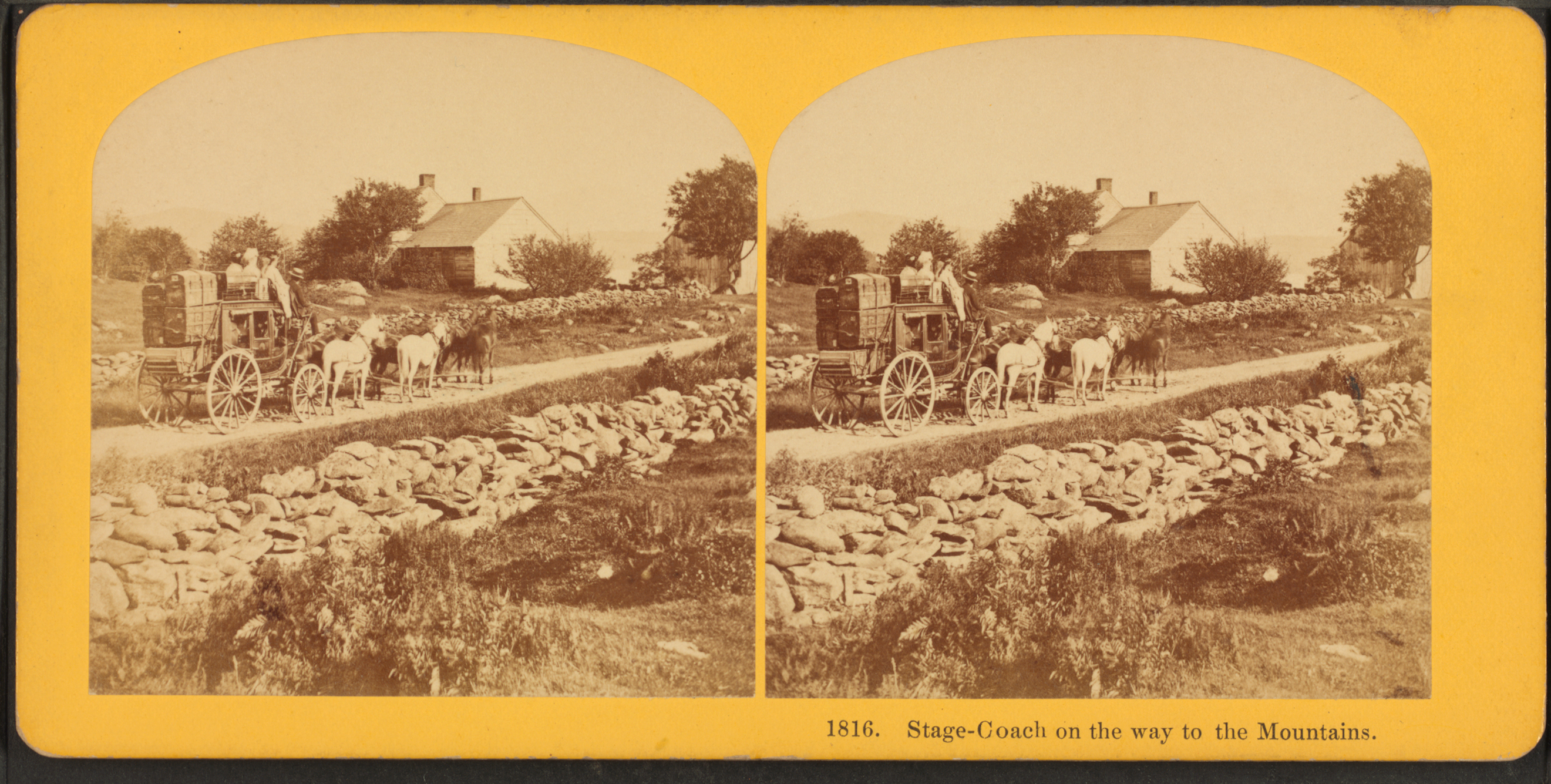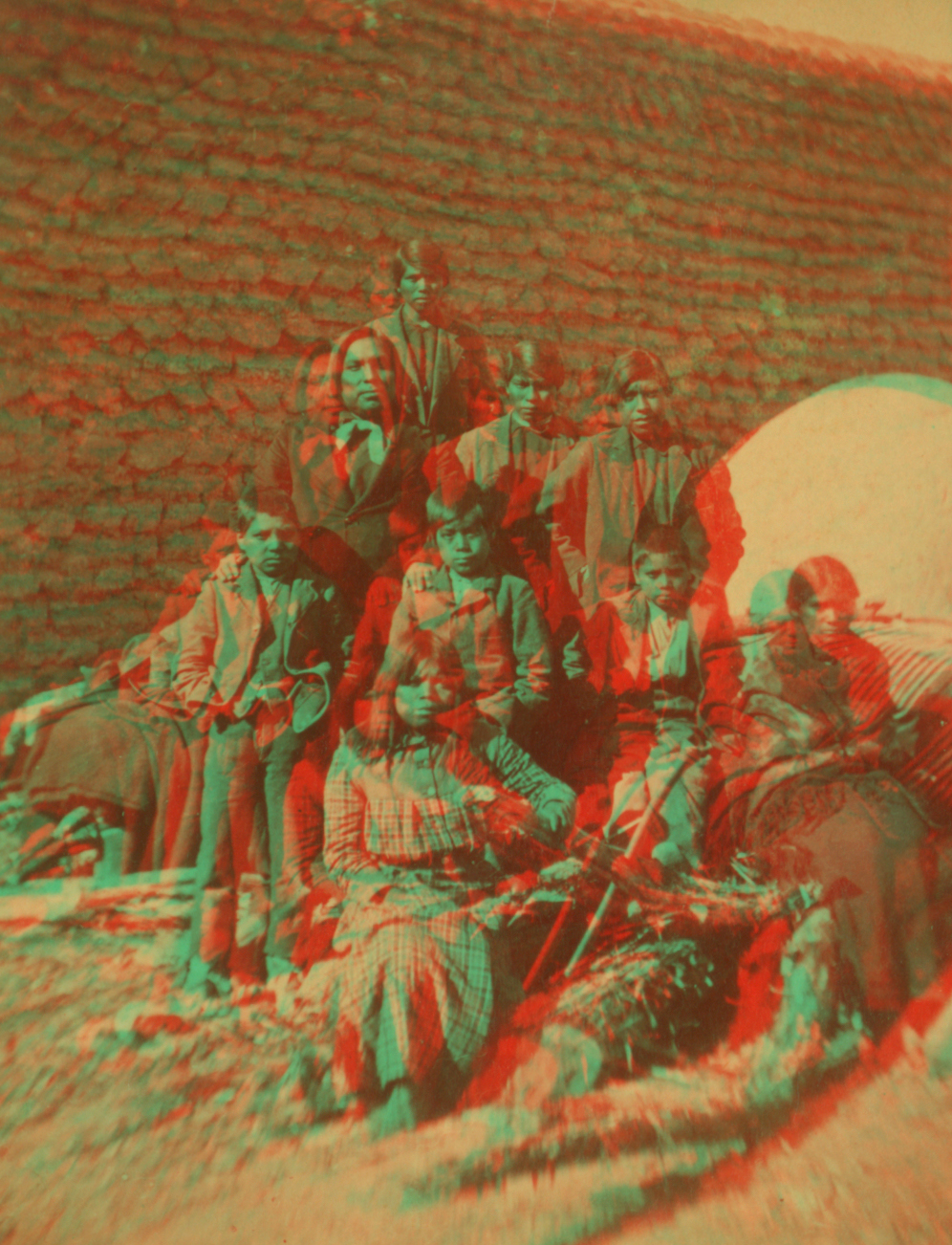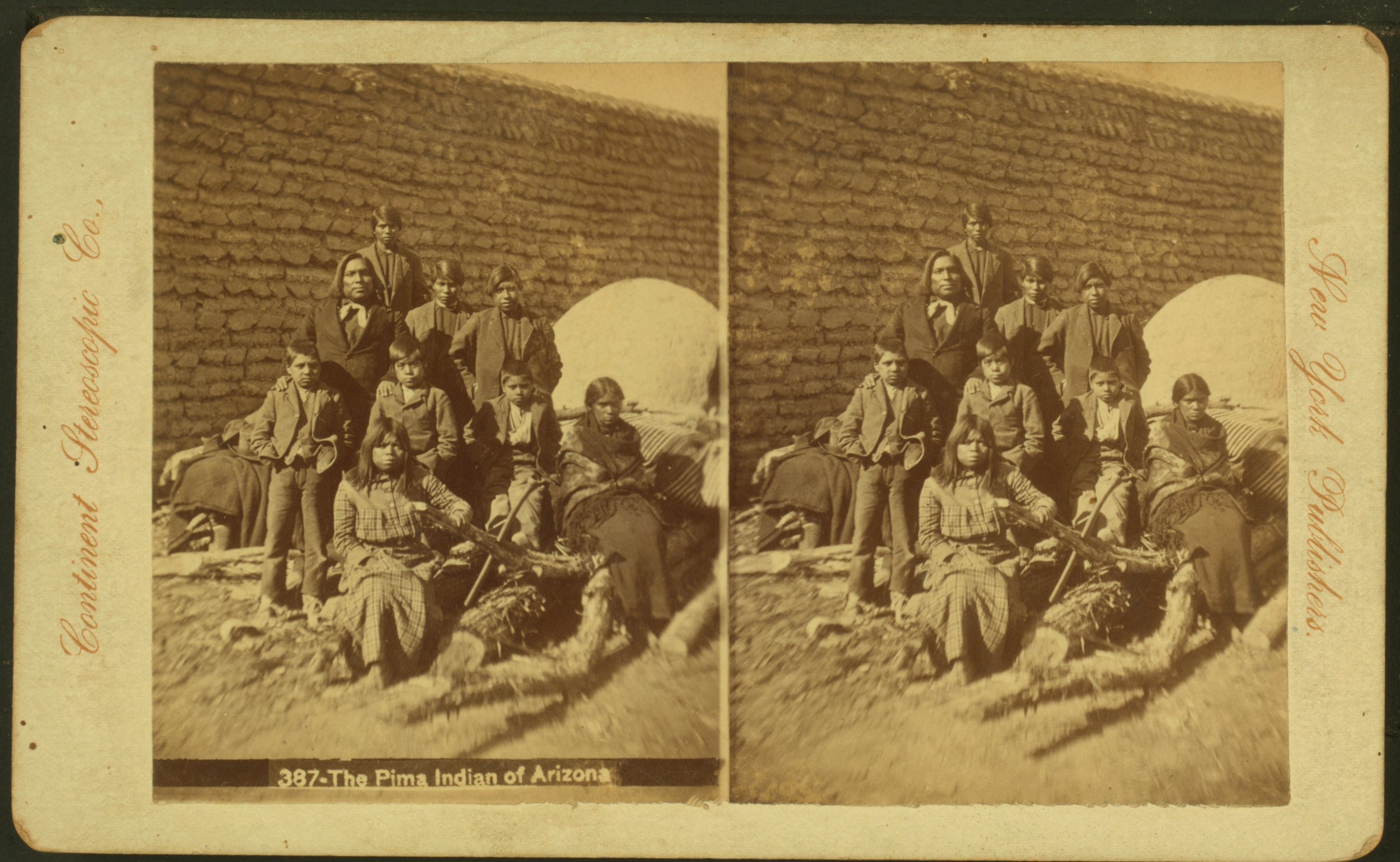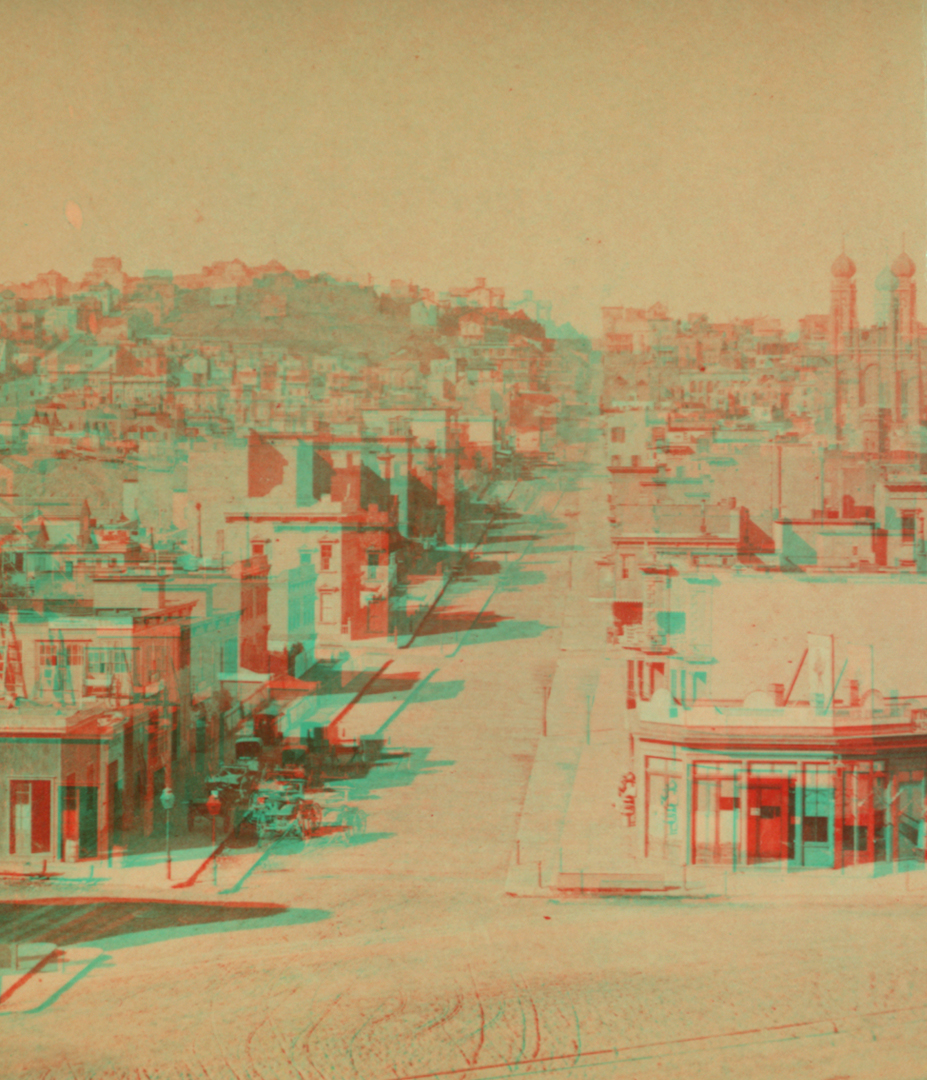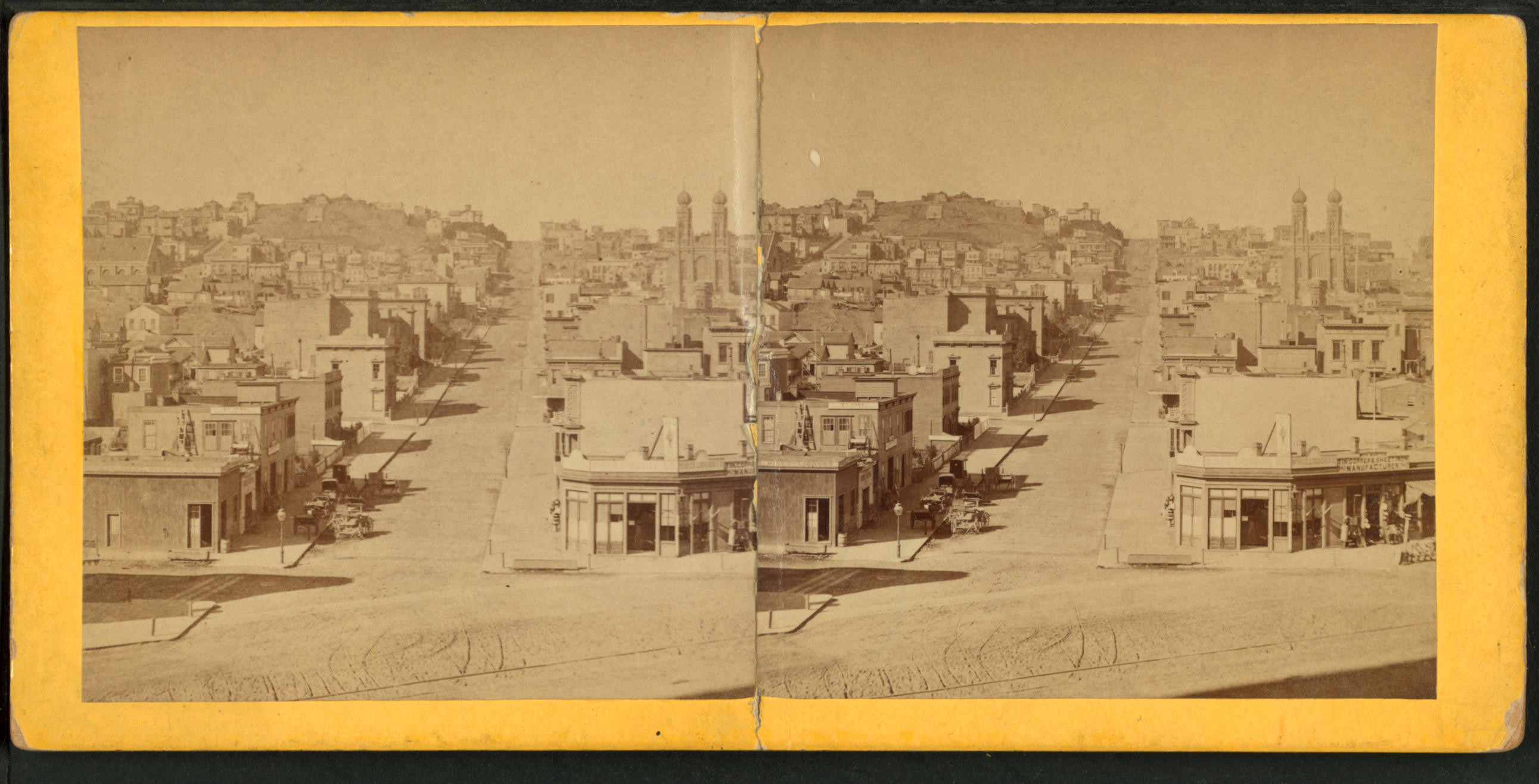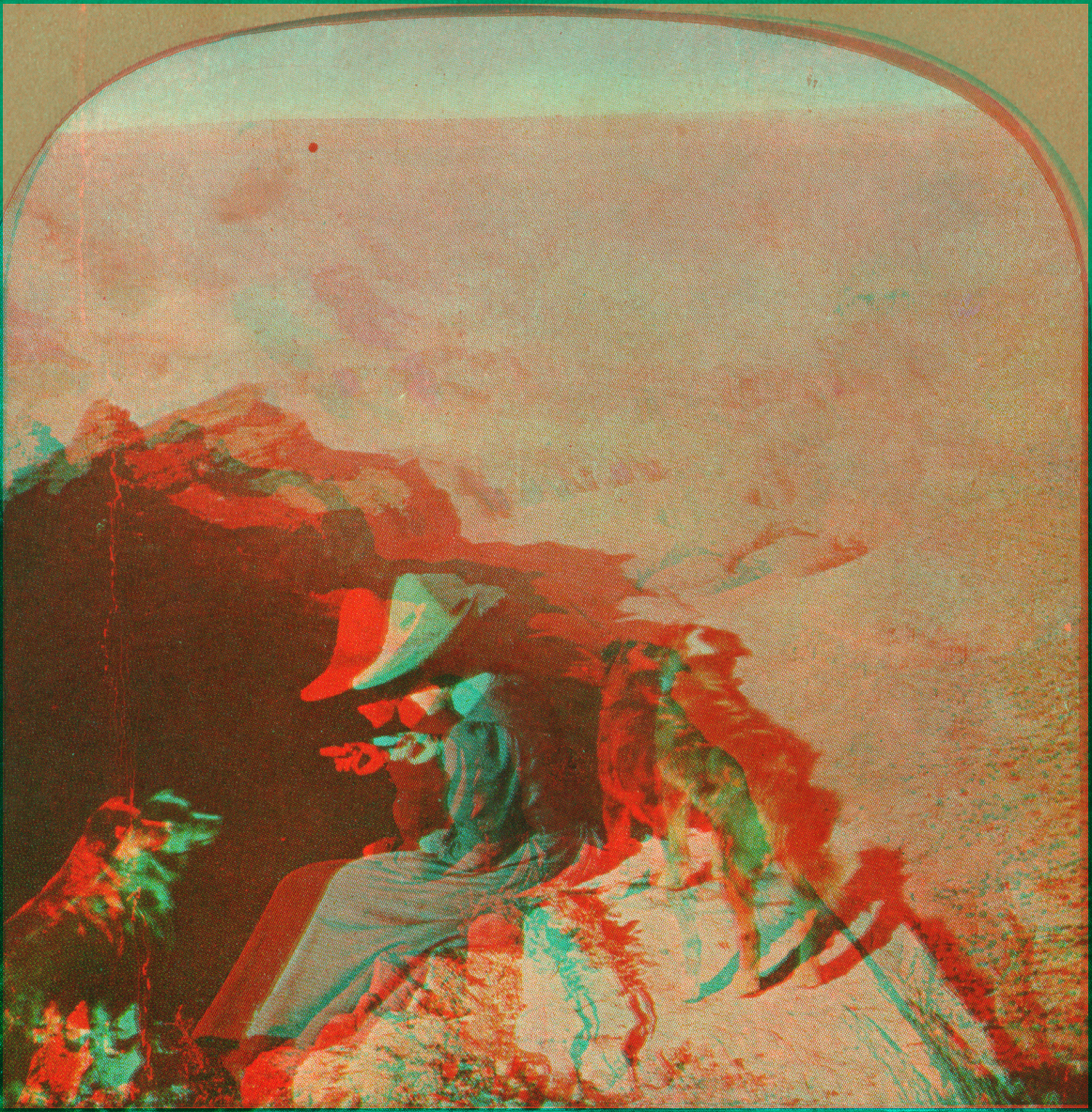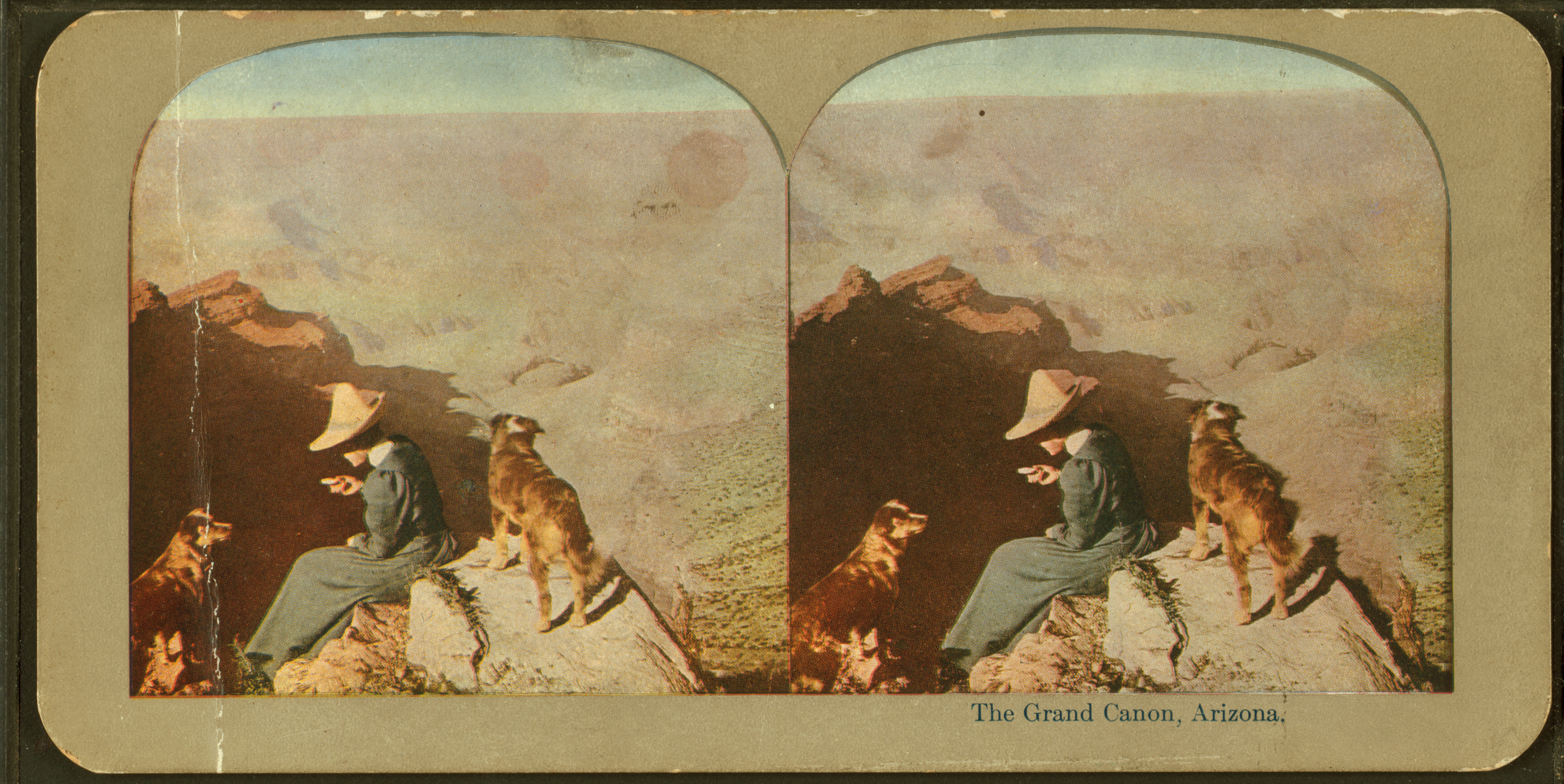Photography and America’s westward expansion grew up and out together. The same year that Louis Daguerre announced his process for capturing images, journalist John L. O’Sullivan wrote of the United States’ “divine destiny” to spread across the hemisphere. As Charles Wheatstone unveiled his stereoscope, the Army was relocating the Cherokee by force from southern states to present day Oklahoma along the “Trail of Tears.” And as stereographic scenes became popular means of entertainment, virtual travel, and education, few places seemed as dramatic or exotic as the wild lands beyond the Mississippi River.
In recent years, several museums and other institutions have digitized their stereograph collections, including the Library of Congress, the New York Public Library, the Boston Public Library, and the National Archives. After Joshua Heineman gained some attention turning the New York Public Library’s stereographs into animated gifs, the library’s labs team upped the stakes by creating the Stereograminator—a tool that lets users quickly turns stereographs into gifs or red-cyan anaglyphs. (For the images below, we needed a higher resolution than Stereograminator allows and used Photoshop instead.)
The collections’ subject matter is vast, with landscapes, architecture, and portraits from around the world. But a western aesthetic dominates Stereograminator’s list of most popular images, with scenes ranging from the documentary (land surveys of Yellowstone) to staged (drama at the edge of the Grand Canyon) to imagined (Wild West shows).
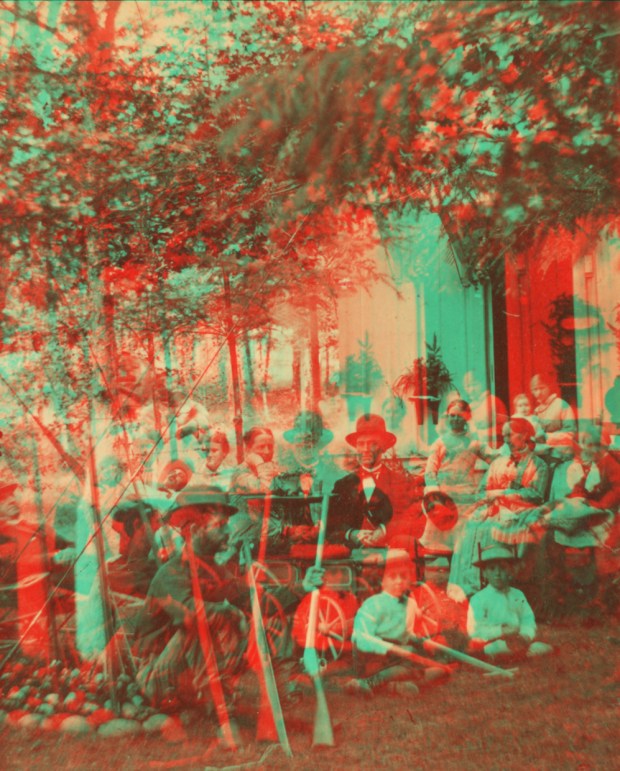
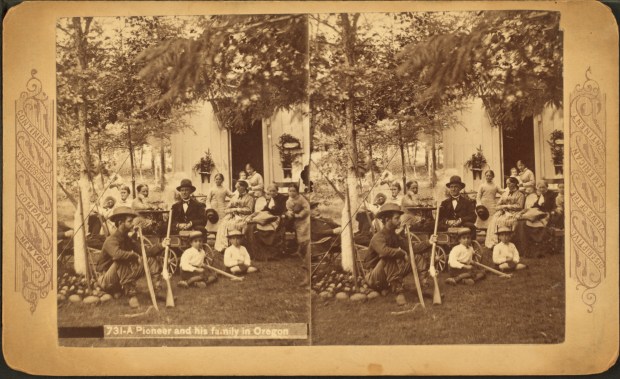
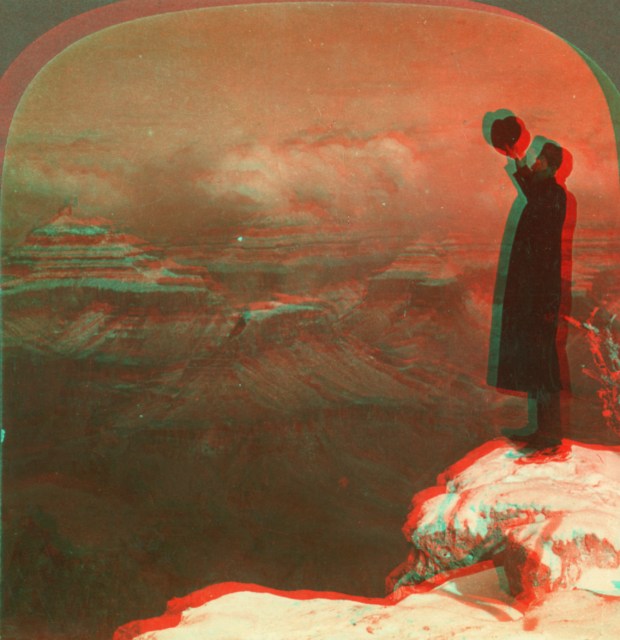
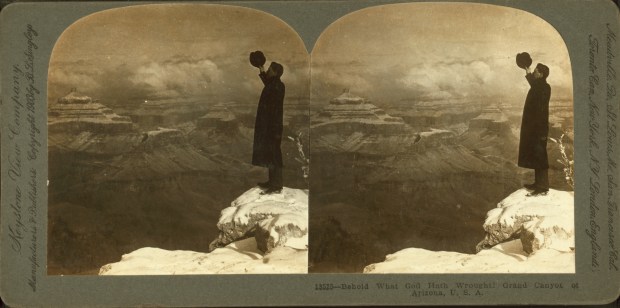
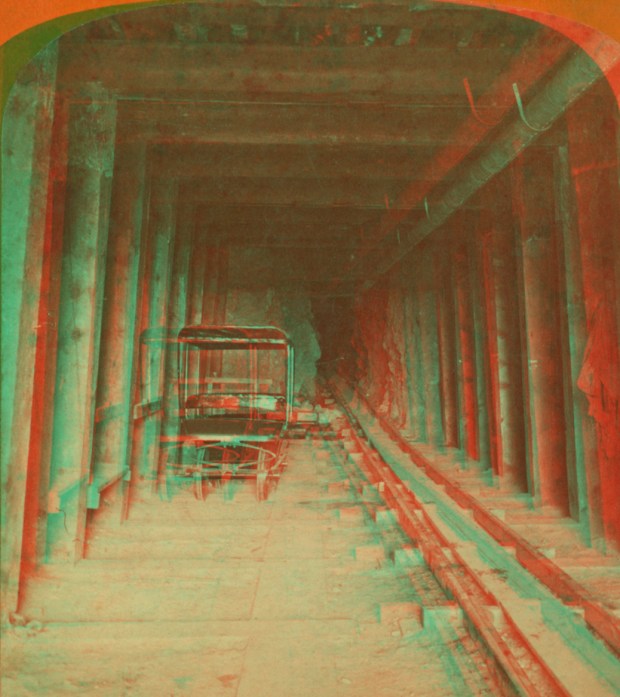

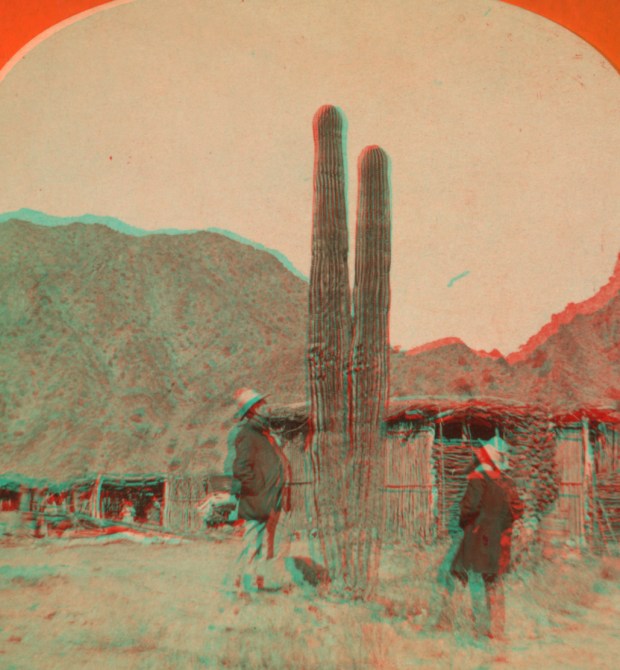

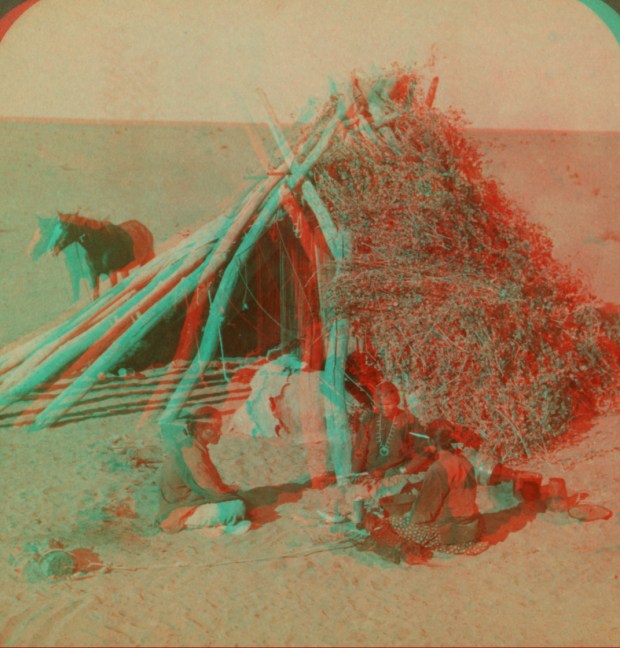
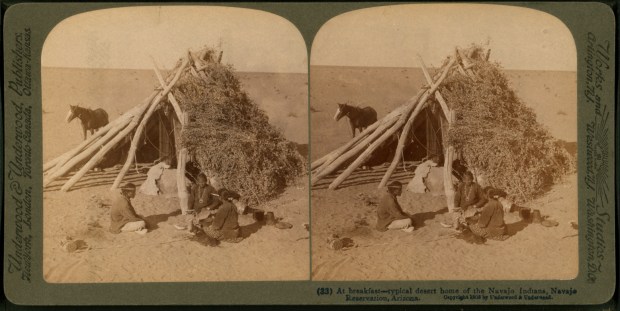
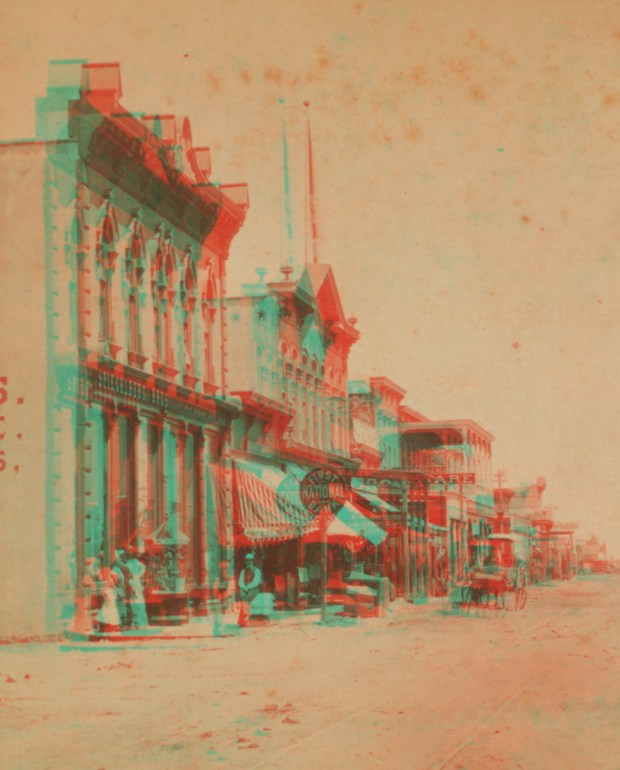
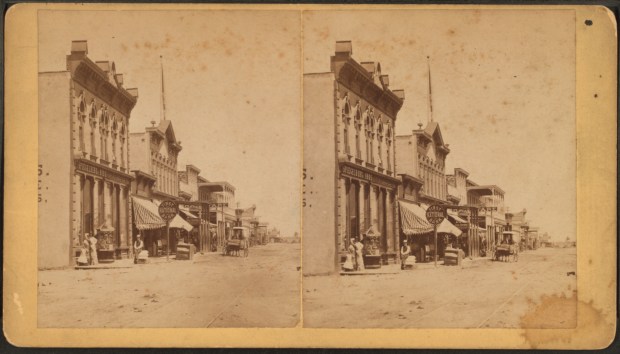


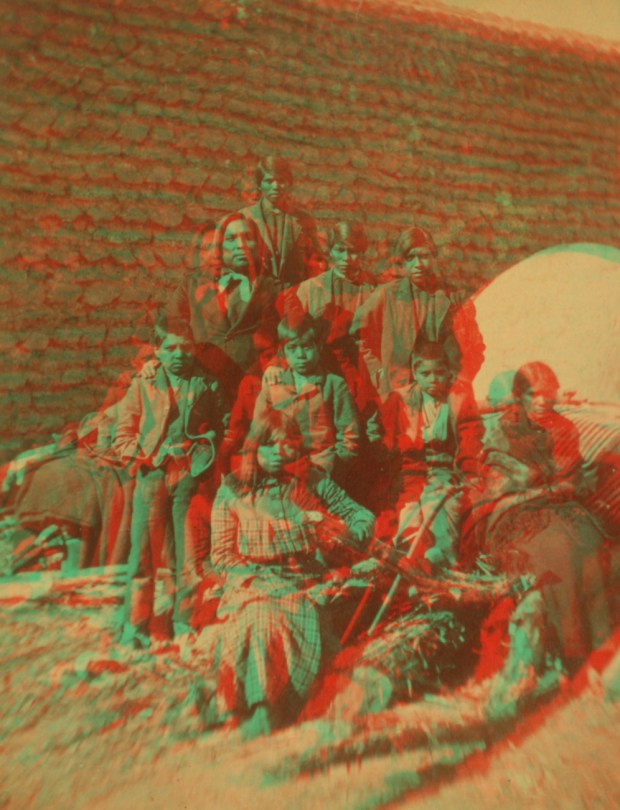
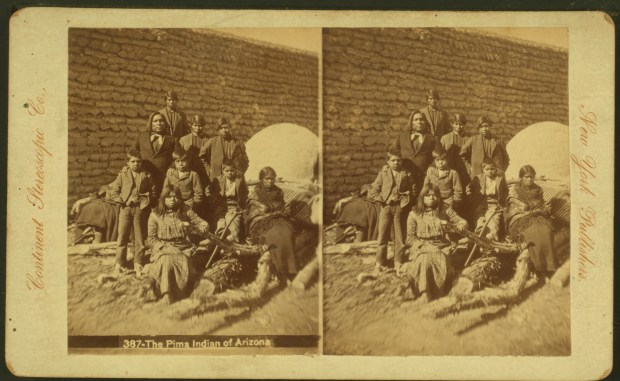
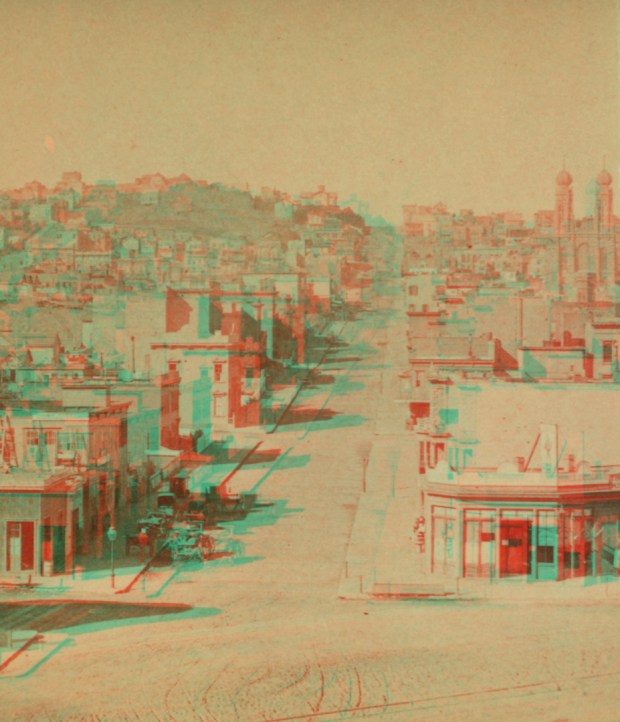
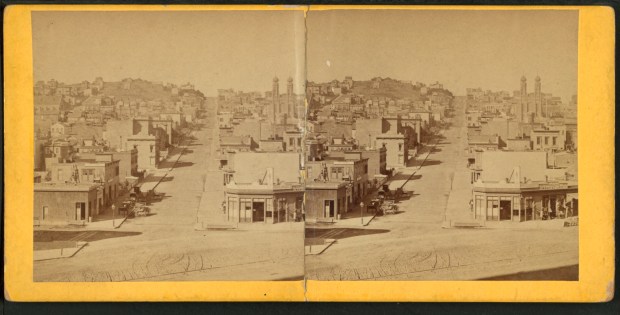
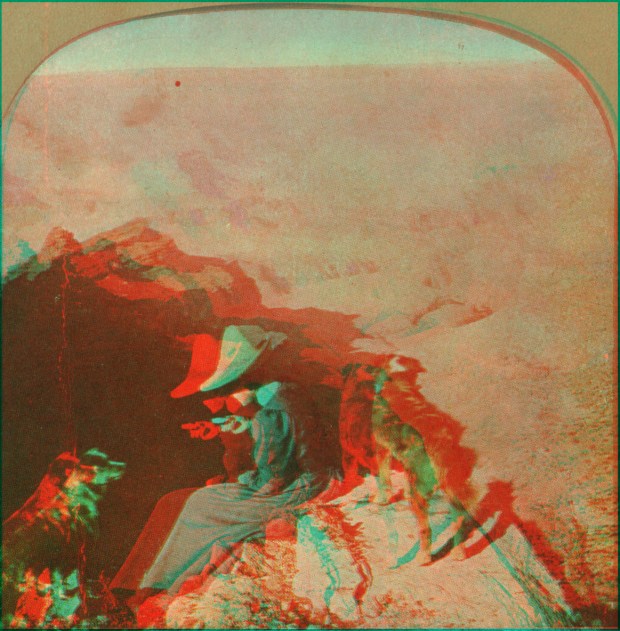
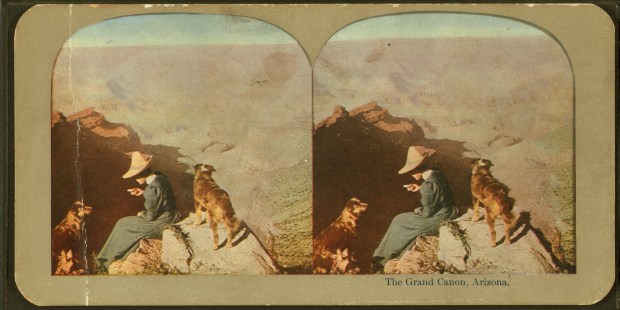
Interested in more? Make your own and share them with us on The Behemoth members’ Facebook page. We’d love to see them.

